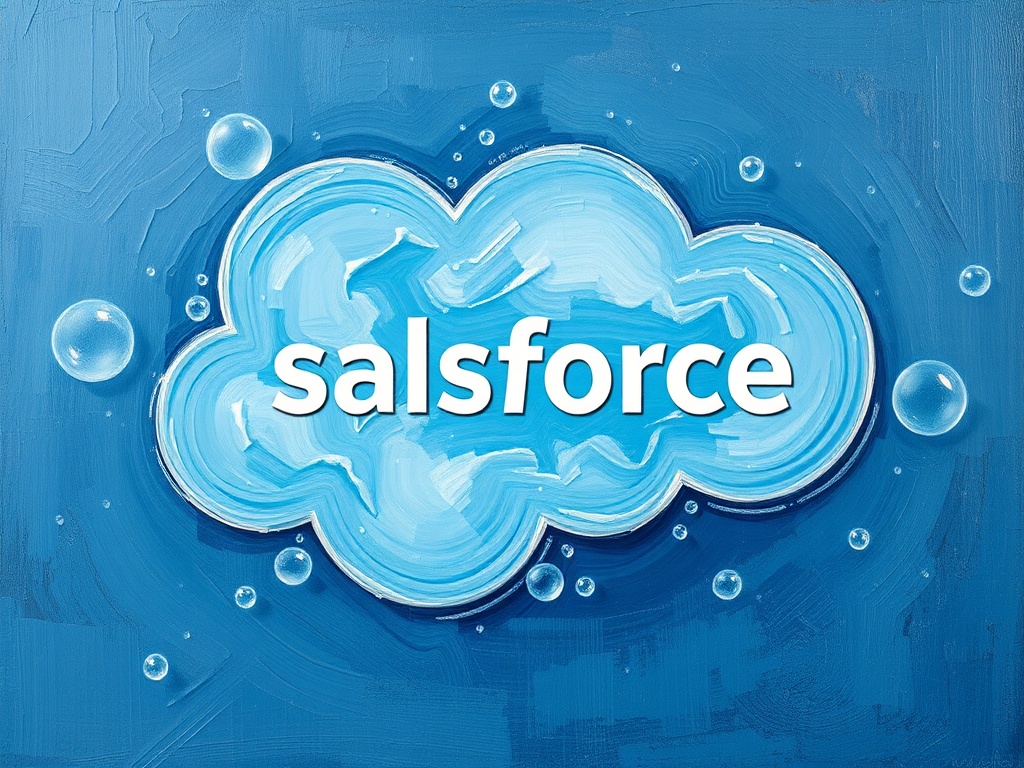Maximizing Salesforce ROI: Practical Strategies for Automation, Data Quality, and User Adoption

Salesforce can transform customer relationships, but value depends on strategy, governance, and execution. Organizations that align Salesforce capabilities with business goals see faster wins, higher user adoption, and measurable ROI. The following practical strategies focus on automation, data quality, analytics, and adoption—areas that consistently drive results.
Prioritize high-impact automation
– Start with processes that reduce manual handoffs and repetitive entry: lead assignment, quote approvals, case routing, and renewal reminders.
– Use declarative tools like Flow to build scalable automations. Flows reduce dependency on code, speed delivery, and are easier to maintain.
– Apply automation selectively.
Over-automation can hide process problems; use automation as a chance to optimize the underlying process first.
– Monitor automations for performance and errors. Create a lightweight logging mechanism so admins can trace failures and iterate quickly.
Treat data quality as an ongoing initiative
– Clean, consistent data improves reporting accuracy, routing, and personalization. Implement validation rules, standardized picklists, and required fields where appropriate.
– Use duplicate management and periodic deduplication routines. AppExchange offers trusted tools to automate matching and merging at scale.
– Enforce ownership and accountability. Assign data stewards per business unit to manage key objects and coordinate cleanup efforts.
– Integrate thoughtfully. When syncing with external systems through middleware like MuleSoft or other integration platforms, map fields clearly and manage transformation logic to avoid introducing inconsistencies.
Make analytics the backbone of decisions
– Centralize reporting around a few critical KPIs tied to revenue, service, and retention—lead conversion rate, sales cycle length, average deal size, and case resolution time.
– Leverage embedded analytics to give frontline teams actionable insights within their workflows.
Dashboards should answer specific operational questions, not just aggregate numbers.
– Encourage self-service analytics with training and governance.
Curated datasets, data dictionaries, and templates accelerate adoption while preserving data integrity.
Design for user adoption from the start
– Involve end users during requirements and prototyping. Real-world feedback prevents rework and builds buy-in.
– Simplify the interface. Minimize clutter by prioritizing key fields, using Lightning pages, and tailoring compact layouts by role.
– Provide role-based training and bite-sized learning content. In-app guidance and help text reduce friction for new or occasional users.
– Celebrate small wins and track adoption metrics (daily active users, feature usage, and task completion rates) to demonstrate progress and guide change management.
Secure and govern proactively
– Apply least-privilege access with permission sets rather than broad profiles. Regularly review sharing rules and role hierarchies.
– Back up critical data and document recovery procedures. Consider backup tools that support point-in-time restores and export automation.
– Establish a release cadence and a sandbox testing policy. Controlled deployments reduce production risk and keep stakeholders aligned.
Leverage the ecosystem
– Explore AppExchange for vetted solutions that extend functionality without custom development.
– Use Slack and Salesforce integration to streamline collaboration between sales, support, and operations teams, keeping conversation and context linked to customer records.
– Consider advisory or implementation partners for complex integrations or large-scale transformations to accelerate delivery and transfer skills to internal teams.
Measure, iterate, repeat
Set a clear set of success metrics, review them frequently, and iterate based on feedback and performance. Small, measurable improvements in process efficiency, data reliability, and user satisfaction compound into significant business outcomes over time.
A pragmatic, governance-driven approach that balances automation, data stewardship, and user-centered design unlocks the most value from Salesforce. Start with the highest-impact areas, measure results, and scale improvements across the organization.